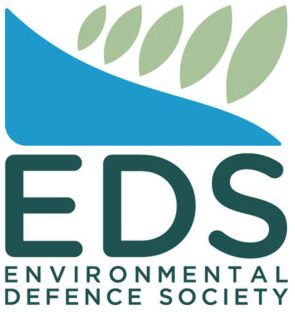Proposed possum control changes could generate major savings
5 March 2013
Proposed possum control changes could generate major savings
Multi-million dollar savings could be generated by taking a new approach to possum control in Waikato, says a report to the policy committee.
The report, considered at a meeting today, said such a change could see costs drop to about $29 million over 10 years, compared to a potential $40 million under the current pest control model. It follows a staff review of the regional pest management plan.
Under a “maintain the gains” approach, current council policy is to continue pest control for biodiversity purposes in areas where the Animal Health Board has ceased doing pest control to fight bovine tuberculosis.
However, council staff have been questioning whether that approach allows flexibility for strategies that deliver the best value, said biosecurity group manager John Simmons.
Continuing to treat former AHB areas as per current policy meant there would be large areas of the region, with ecological or production values, that will miss out on possum control, his report to the committee said. Also, funding constraints meant treating all ex-AHB areas might not be possible.
Instead, all potential possum control areas should be evaluated equally using consistent criteria and there should be a focus on “landscape scale” control that creates large areas with low possum numbers. “This increases the interval between re-treatments and so reduces costs over the long term,” Mr Simmons said.
“Over ten years, the estimated $10 million in savings would come as possum control costs fell because of larger, more defensible boundaries, longer re-treatment times and the re-prioritisation of some former AHB control areas.”
The greater flexibility also would allow other predators like rats and stoats to be controlled in some high value ecological areas in addition to possums. Multi-year contracts are also being trialled in some areas to see if they can reduce costs.
The report noted the council’s ability to undertake “landscape”-style control depended to some degree on the participation of other parties, such as the Department of Conservation.
If the council endorses the proposals stemming from the staff review, they will be put out for public consultation later this month, with final council decisions due in June.
The Waikato Regional Council
The council’s area extends from the Bombay Hills in the north to Mt Ruapehu in the south, and from the mouth of the Waikato River to Mokau on the west coast, across to the Coromandel Peninsula on the east.
The region contains nationally important electricity generation facilities, an internationally significant dairy sector and iconic natural features, such as Lake Taupo, which are key tourist attractions.
The council has three key strategic
goals:
• The values of land and water resources are
sustained across the region
• The people of the region
collaborate to achieve a shared vision of the Waikato
competing globally, caring locally
• The Waikato
Regional Council meets its legislative co-governance
requirements by working together in good faith and a spirit
of co-operation
Our wide-ranging responsibilities
include:
• sustainable management of natural and
physical resources, including pest control.
• planning
regional growth and transport, and providing bus
services.
• civil defence, emergency response,
navigation safety, dam safety, flood management, erosion
control and road safety.
Visit us on Facebook www.facebook.com/waikatoregion
ENDs


 Gordon Campbell: On Marketing The Military Threat Posed By China
Gordon Campbell: On Marketing The Military Threat Posed By China RNZ Online: How The World Reacted To The Demise Of The Treaty Principles Bill
RNZ Online: How The World Reacted To The Demise Of The Treaty Principles Bill Te Matapihi: Response To Govt’s New Strategic Housing Partnerships: Progress, But Equity Gaps Remain
Te Matapihi: Response To Govt’s New Strategic Housing Partnerships: Progress, But Equity Gaps Remain Banking Class Action: Government’s Retrospective Law Change Threatens Consumer Protections
Banking Class Action: Government’s Retrospective Law Change Threatens Consumer Protections E tū: Journalists Respond To Grenon - Still No Commitment To Editorial Independence
E tū: Journalists Respond To Grenon - Still No Commitment To Editorial Independence Marlborough District Council: Kevin Judd Named Marlborough’s Newest Living Cultural Treasure
Marlborough District Council: Kevin Judd Named Marlborough’s Newest Living Cultural Treasure Parliamentary Commissioner For The Environment: Are We Planting The Forests We Need?
Parliamentary Commissioner For The Environment: Are We Planting The Forests We Need?


